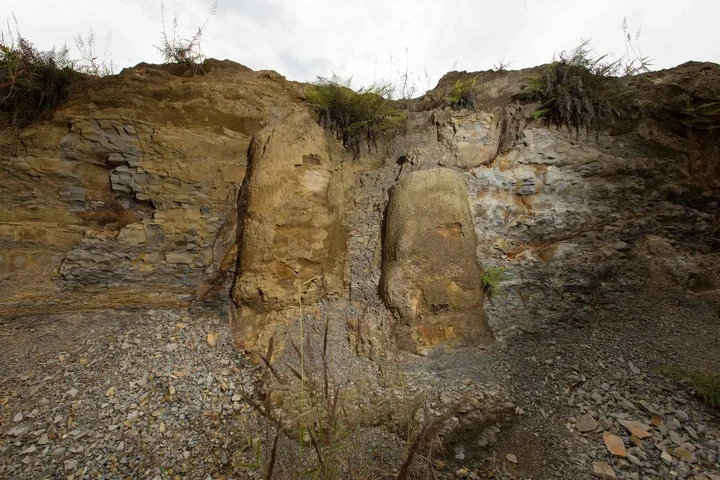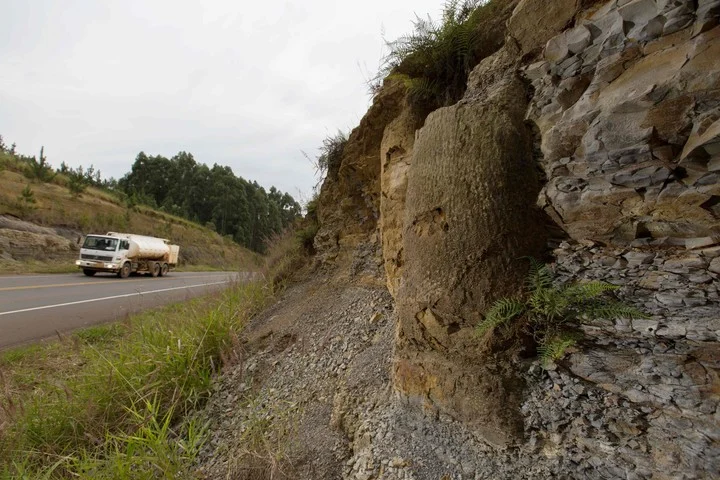A team of researchers found Brazil a fossilized forest in a vertical position that dates from approximately 290 million years ago, becoming one of the most important in Latin America due to its antiquity and the preservation of its flora.
The forest is located in the municipality of Ortigueirastate Parana, in southern Brazil, and is considered a “window into the past” that will serve to study the evolution of plants. The set is made up of 164 trunks of lycophytes – trees without fruits, flowers or seeds – of an extinct variety.

Credits: AFP Agency
Thammy Mottingeologist and doctorate from the Federal University of Paraná, who led the research with collaborators from the Federal University of Rio Grande do Sul and the University of California, explained that the trees were buried alive by the flooding of a river and died of suffocation, due to what are intact.
“With an estimated age of 290 million years, these plants represent very primitive forms in the history of the Earth,” said Mottin, who studies the post-glacial period, in which the climate became warmer and more conducive to the emergence of dense forests. like this.
The forest, found in 2018 By opening the way to build a route in the area, it gives “access to the way in which the first plants colonized the environment, how they were distributed in space and the interaction with the environment,” the researcher evaluated.

Credits: AFP Agency
Since its discovery, did a long investigation begin, published in February in the scientific journal “Palaeogeography, Palaeoclimatology, Palaeoecology”from the Dutch group Elsevier, and recently released by the Brazilian press.
Previously there were only two other similar finds in the southern hemisphere, but of smaller dimensions. One in the Brazilian state of Rio Grande do Sul (south) and another in the Argentinian Patagonia.
The peculiar preservation of this forest was possible because the trees “were quickly buried when they were alive, and were progressively covered by sediment, until they died of suffocation,” explained Mottin.
The event that “practically froze that forest the way it was” was a large flood of a river on whose banks the trees were found, the researchers told the AFP agency.

Credits: AFP Agency